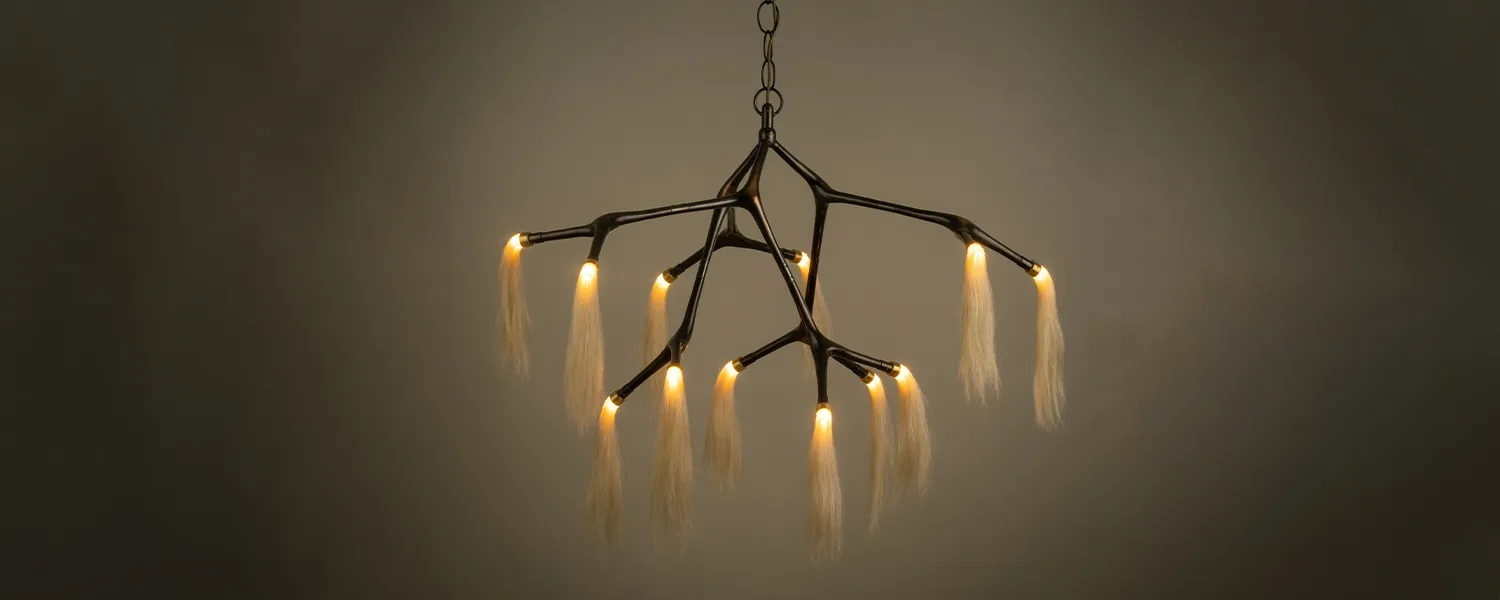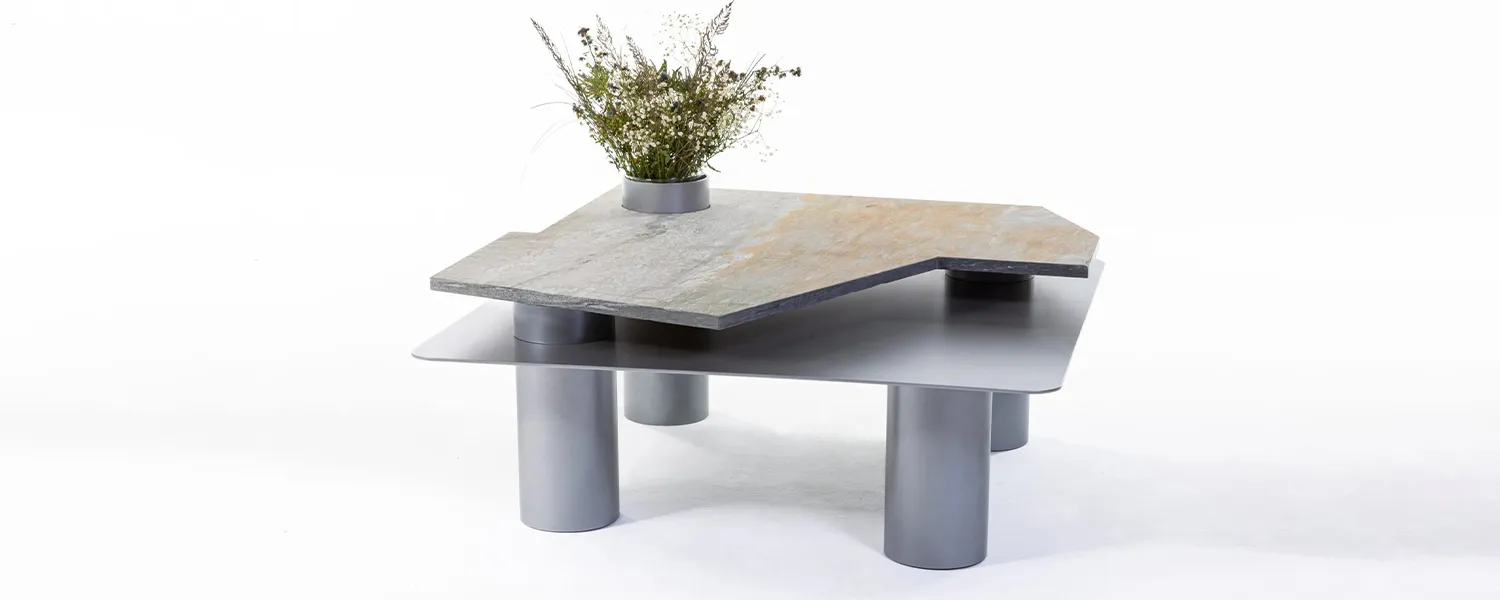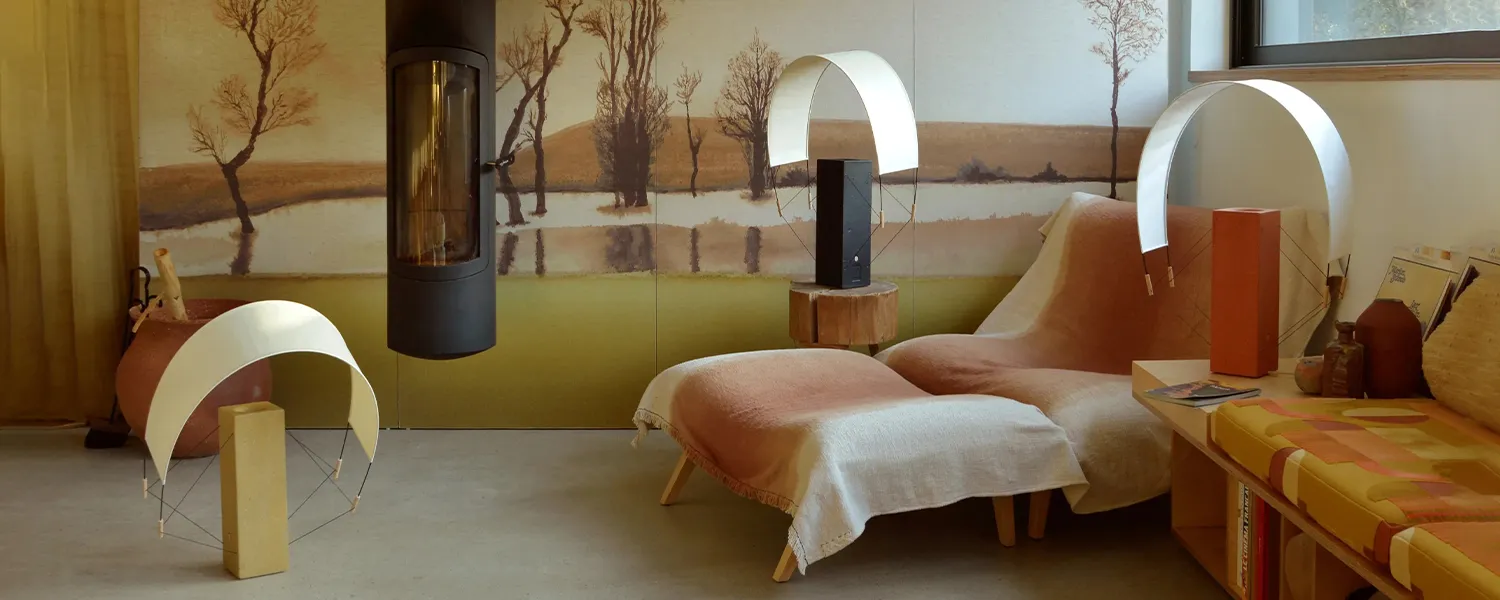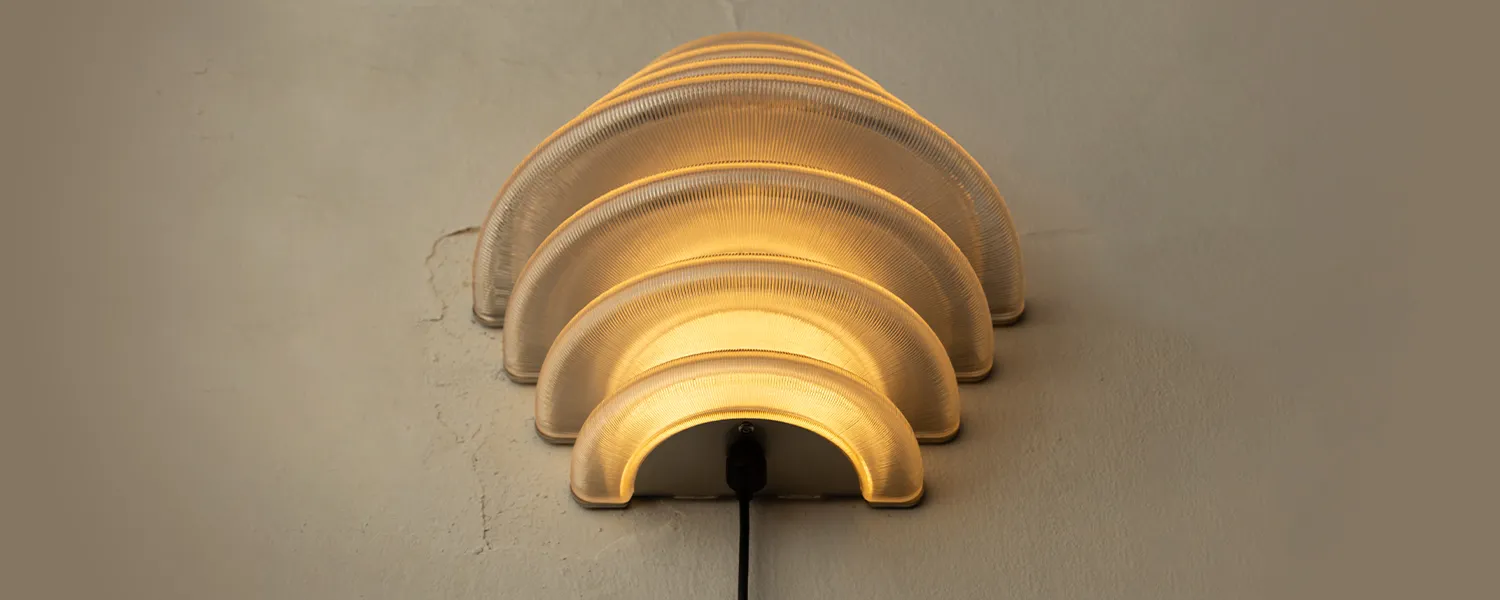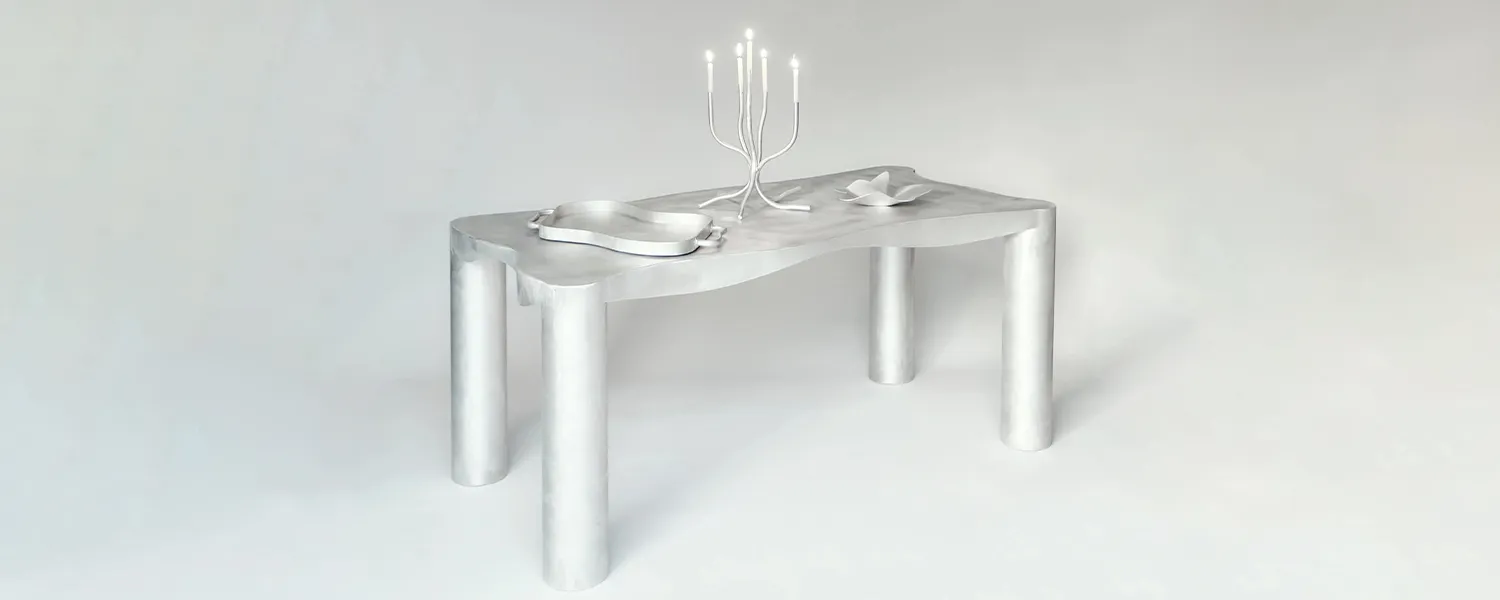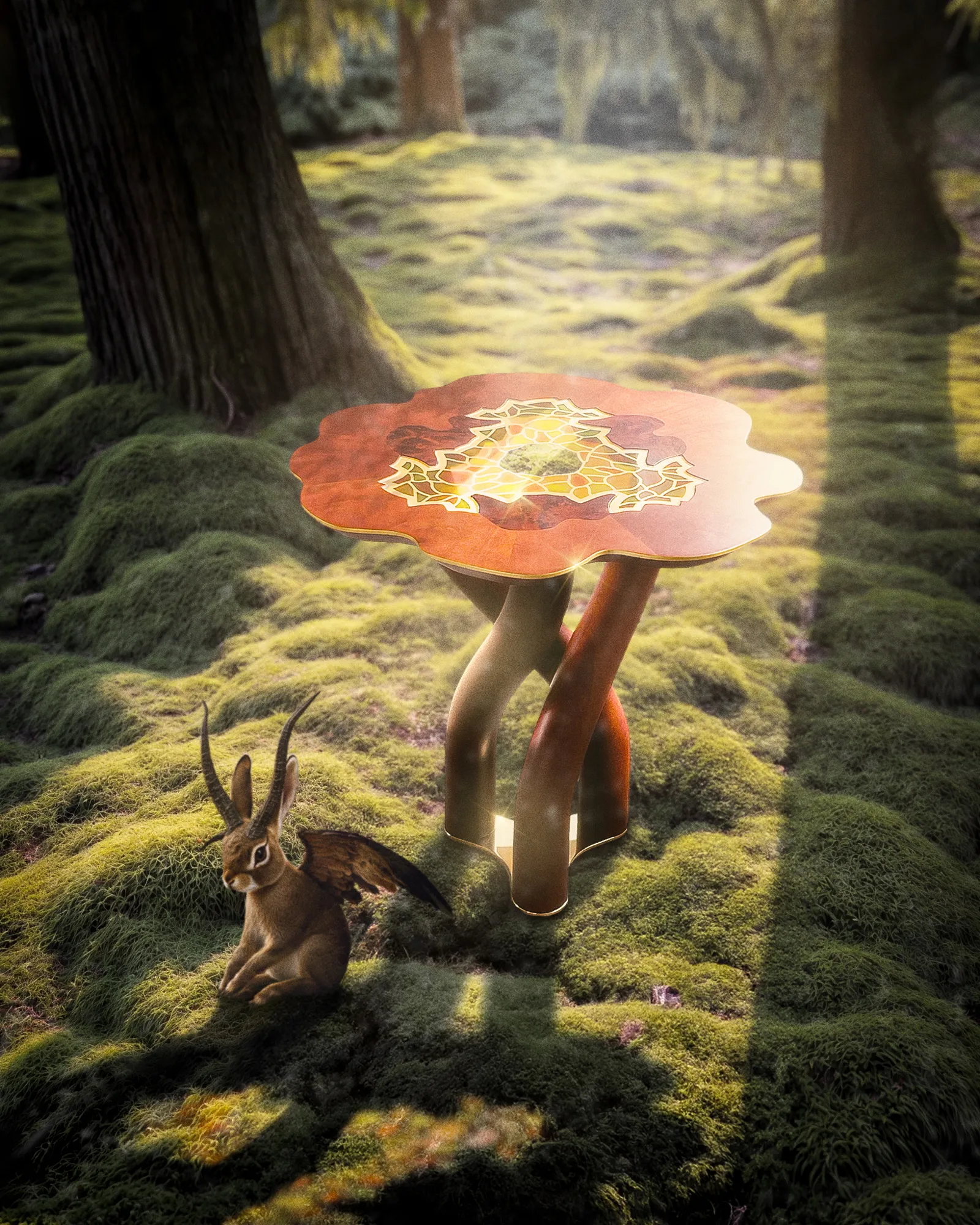
The New Romanticism: Design for Emotion, Intensity, and Connection
As February unfolds, commercial spaces overflow with symbols of prescribed romance—heart-shaped chocolates, teddy bears, and endless variations of red and pink. But romance, as marketed, can sometimes feel hollow, a far cry from the passion and intensity that defined historical Romanticism. Beneath the surface of ‘Be Mine’ candies and mass-produced greeting cards lies a cultural movement that reshaped our understanding of beauty, emotion, and human potential—a deeper, more electrifying connection to life and love.
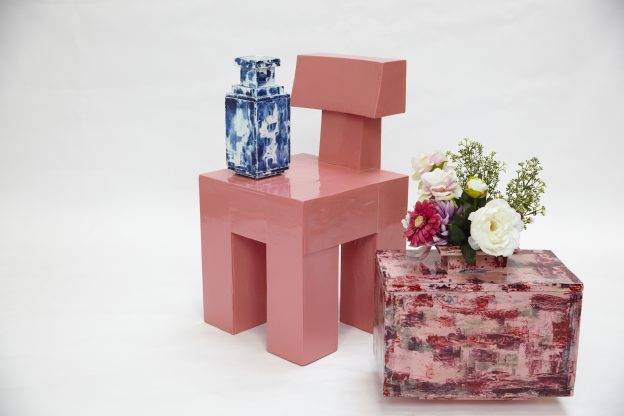

Romanticism emerged in the late 18th century and flourished through the 19th century, emphasizing inspiration, the primacy of the individual, and, crucially, subjectivity. Ask someone what romance means to them, and the answers will vary. For some, it conjures mystery and tempestuous skies; for others, it evokes the soft glow of a sunset or quiet moments of intimacy. In many ways, asking someone to define romance is like presenting them with a Rorschach test—revealing not just their view of romance, but something deeply personal about their own emotional landscape. Romance, in this sense, is not just about love; it’s about intensity, feeling, and drama.
Historically, the Romantics were often the impassioned leaders behind revolutions, fueled by conviction and ideals of liberty and equality. Romanticism is urgent, a call to live fully today because tomorrow is never guaranteed. It understands what lovers have always known: that emotion drives us to act beyond our perceived limitations. I won’t claim we’re on the brink of revolution or delve into political commentary, but it’s clear and not surprising that Romanticism is experiencing a cultural revival. With protests, social unrest, and countless conflicts shaping the world, it’s no wonder we’re once again drawn to the urgency and intensity of the Romantic spirit.
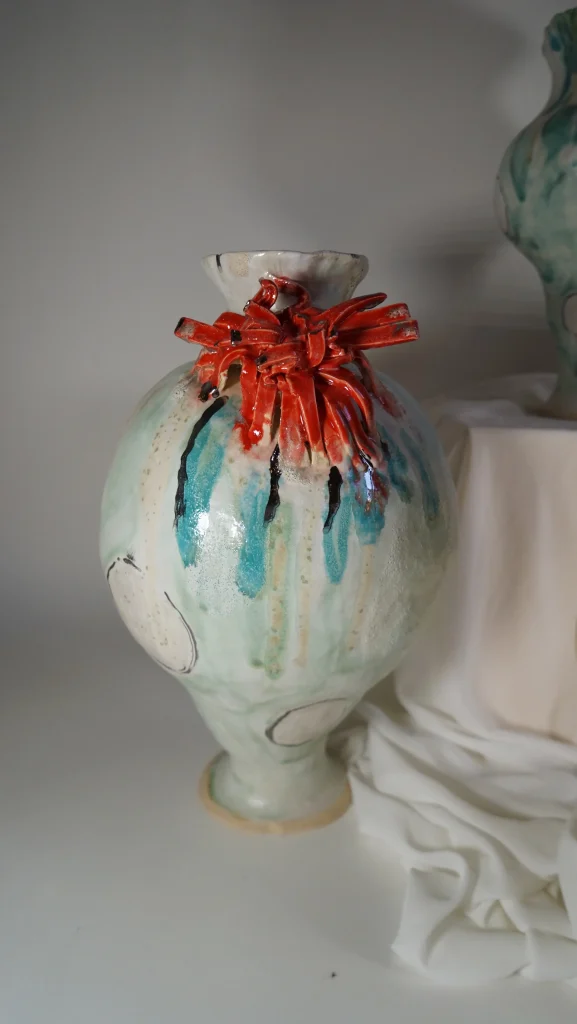

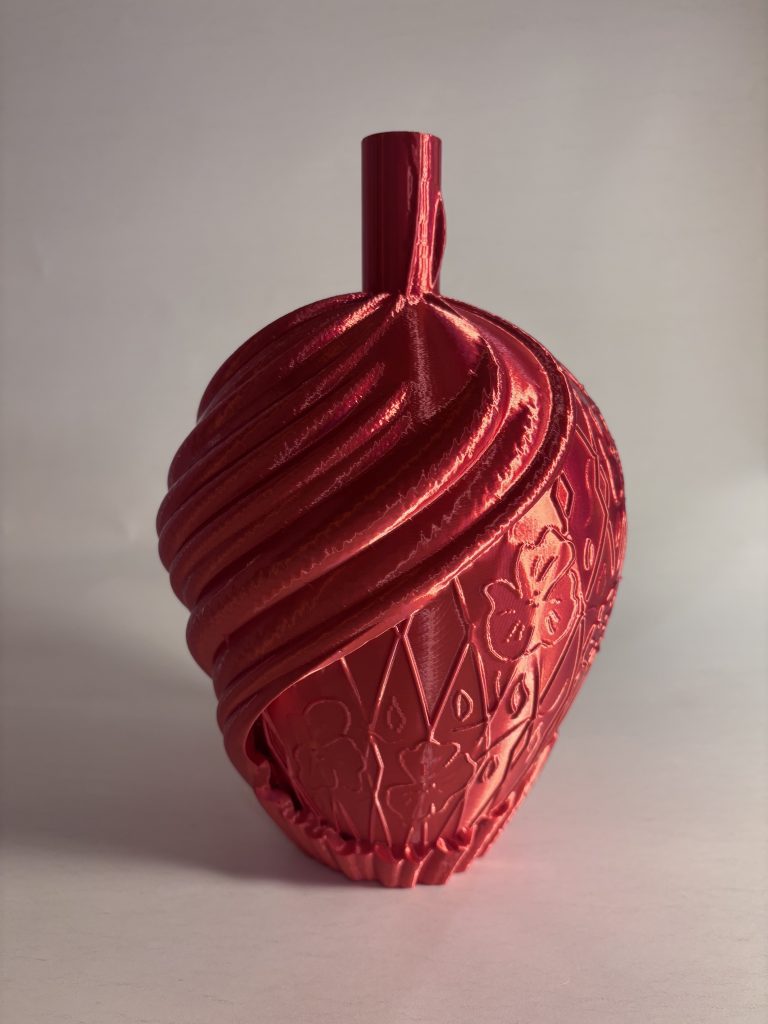

Revolutionary Romanticism in Daily Life
Romanticism has long belonged to revolutionaries and dreamers—those who imagine better worlds and fight to make them a reality. From the streets of revolutionary Paris to the artistic communes of the nineteenth century, romantic ideals have fueled movements for social change and personal liberation. Today, this revolutionary spirit is alive in unexpected places, particularly in the way we approach our daily lives and the spaces we inhabit. One need not stand on the front lines of revolution to embrace romanticism.
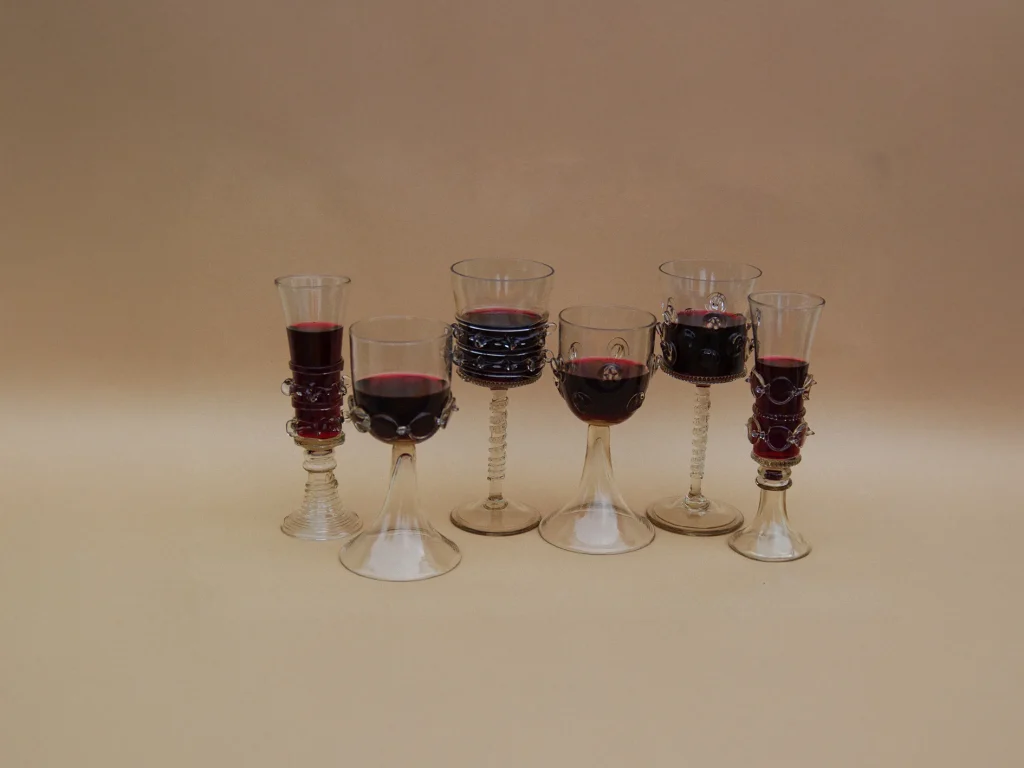

On social media platforms, particularly TikTok, a rallying cry has emerged: “romanticize your life.” This isn’t about luxury or excess—it’s about deepening our experience of life, finding beauty in the ordinary. It echoes the Romantic spirit, encouraging individuals to lean into their emotions and embrace the full spectrum of human feeling, prioritizing the personal, emotional, and authentic over the rational or prescribed.
In a time when life feels increasingly fragmented, embracing small, intentional rituals—whether it’s enjoying coffee in a beloved mug, the simple addition of a placemat to your meal, or watering your plants with a polished watering can—encourage us to be present in the moment. It’s not about the task itself, but the feeling it evokes. This approach to daily life continues Romanticism’s core truth: transformation begins in how we perceive and engage with the world around us. By elevating the ordinary—through thoughtful rituals, beautiful objects, or meaningful ceremony—we partake in an invaluable act of finding beauty and significance in the fabric of everyday life.
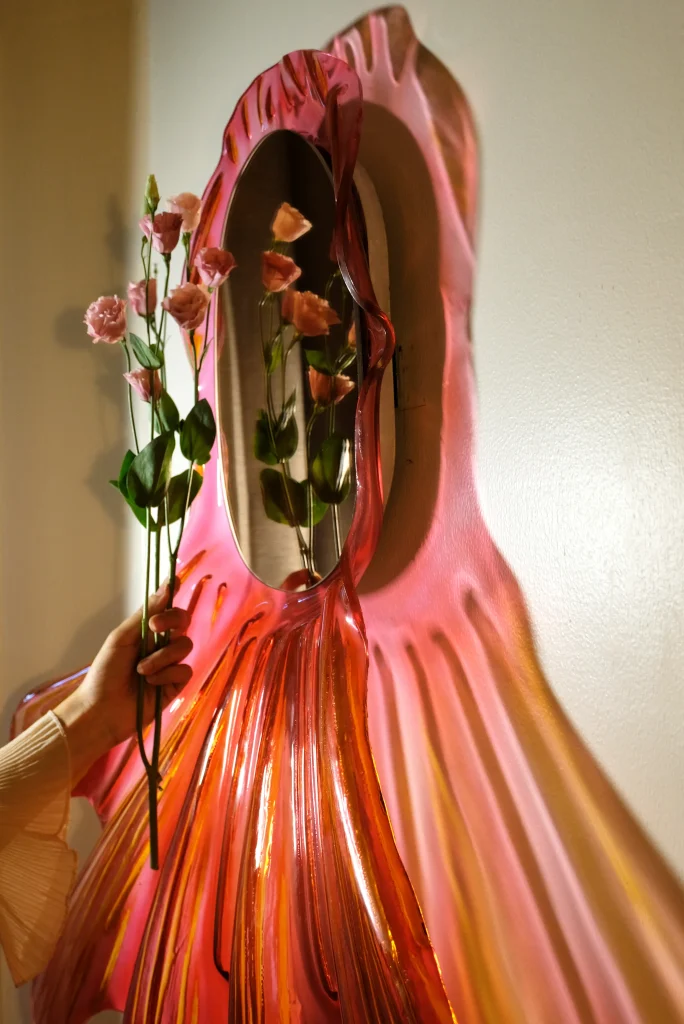

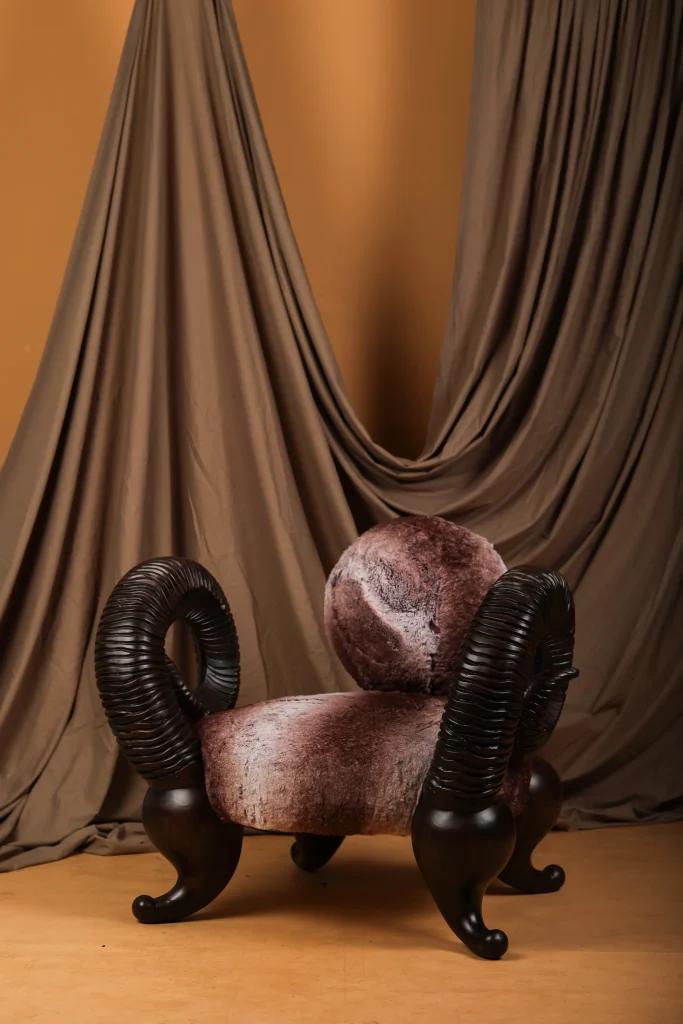

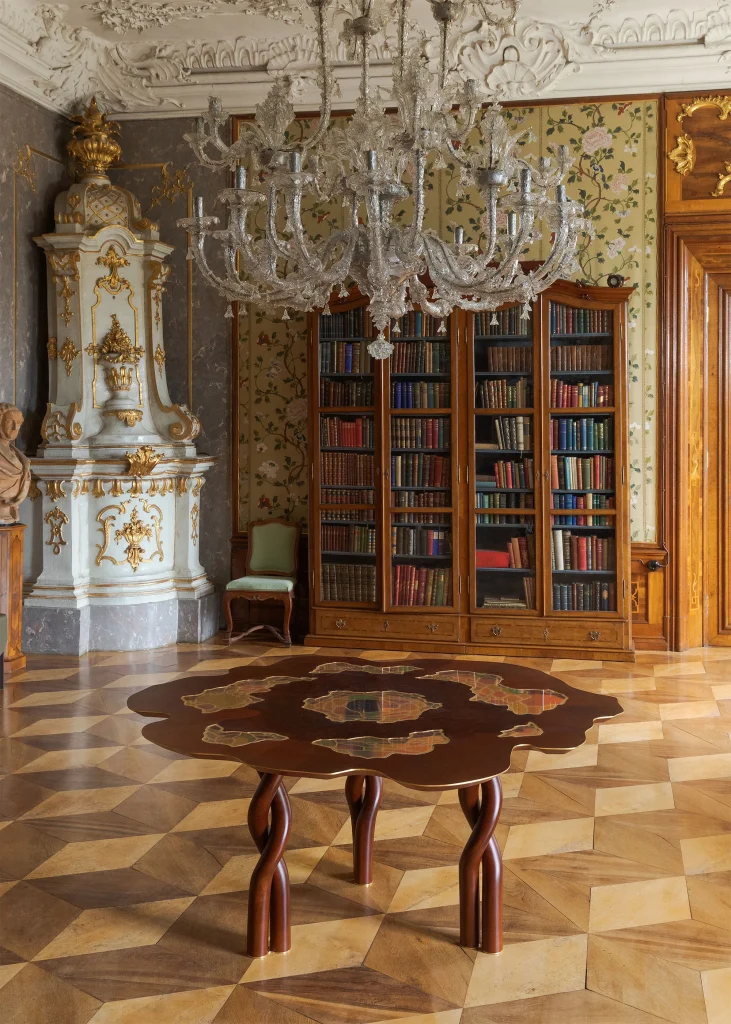

Materials of Romanticism Steeped in Depth and Drama
Romanticism reveres materials that evolve—textiles that catch shifting light, marble that bears the weight of centuries, metals that soften with time. These elements remind us that beauty is not static; it breathes, ages, and carries the imprint of experience. Velvet, marble and warm metals have a sense of life within them. Even in a still room, they feel alive, slightly haunting even.
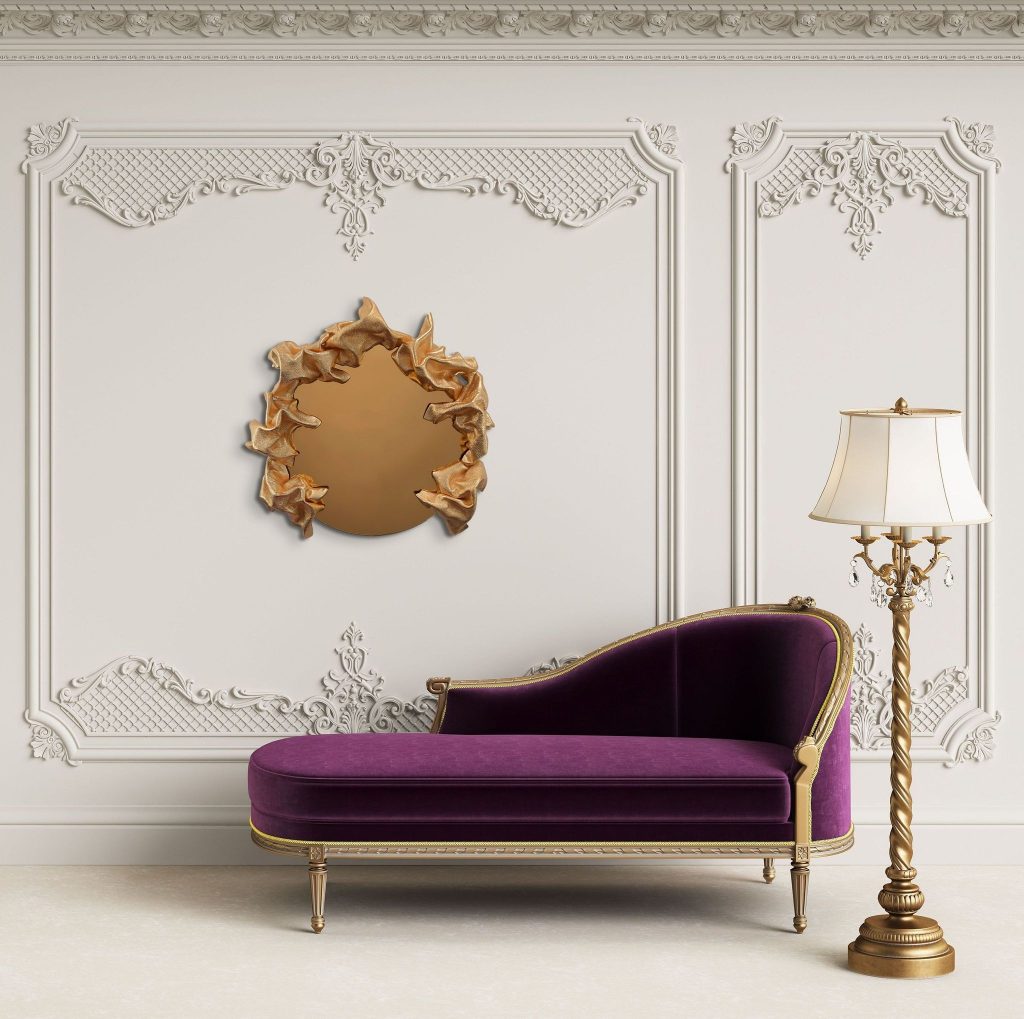

Evocative & Tactile: Velvets, Furs & Glass
The giant red velvet curtains of an opera house embody pure theatrical anticipation—the moment of held breath before the reveal, the promise of drama waiting just beyond. Even in stillness, before the theatergoers have arrived, the red velvet curtain feels almost alive—an electric hum of expectation and weight of possibility. Velvet’s weave creates a constant play of light and shadow, playing with our perception. A green velvet sofa shifts from near-black to brilliant emerald with just a brush of the hand or a change in light. This quality was particularly magnetic in the era of gas lighting, when fabric seemed to breathe with the flicker of flames. Even today, under electric lights, velvet retains its living presence.
Beyond velvet, the romantic palette delves into deep, saturated jewel tones that hold mystery in their shifting depths. This richness extends to a variety of textures: polished stone contrasts with rough-hewn edges, aged leather develops complex patinas, blown glass reflects and refracts light, and carved wood offers curious detailed texture. Together, these elements create spaces that engage not just vision but touch—environments that demand full sensory immersion.
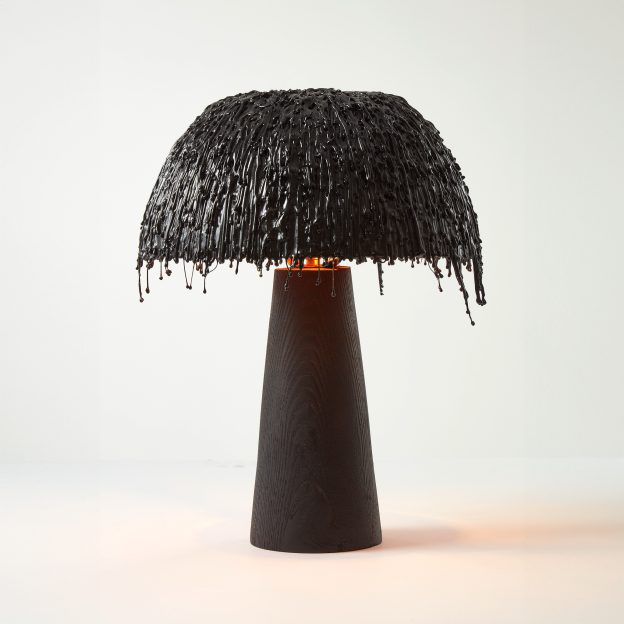

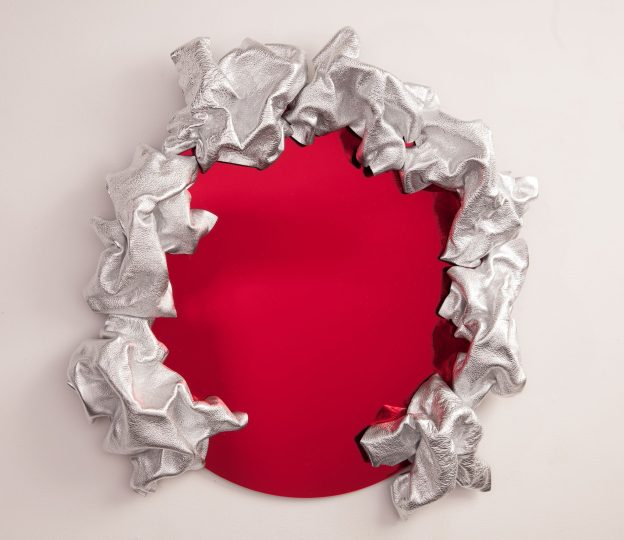

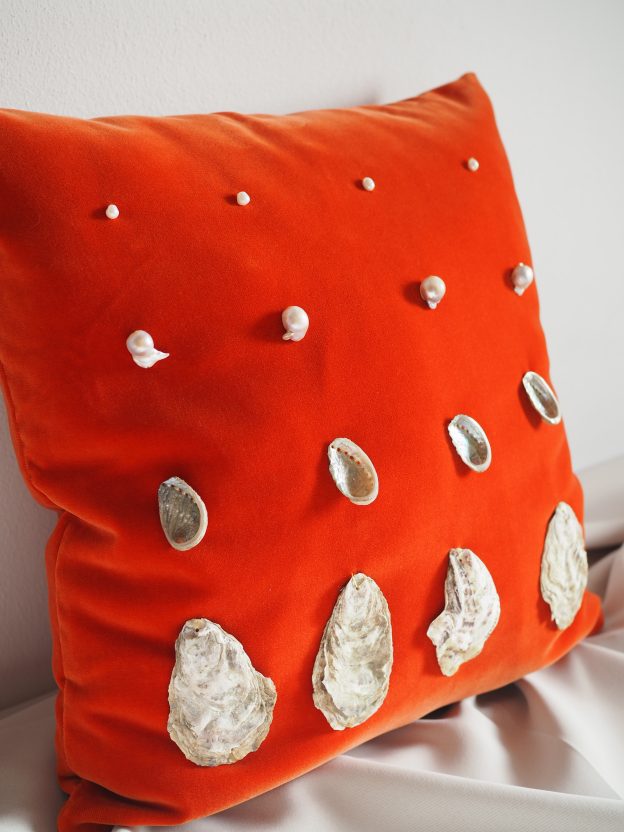

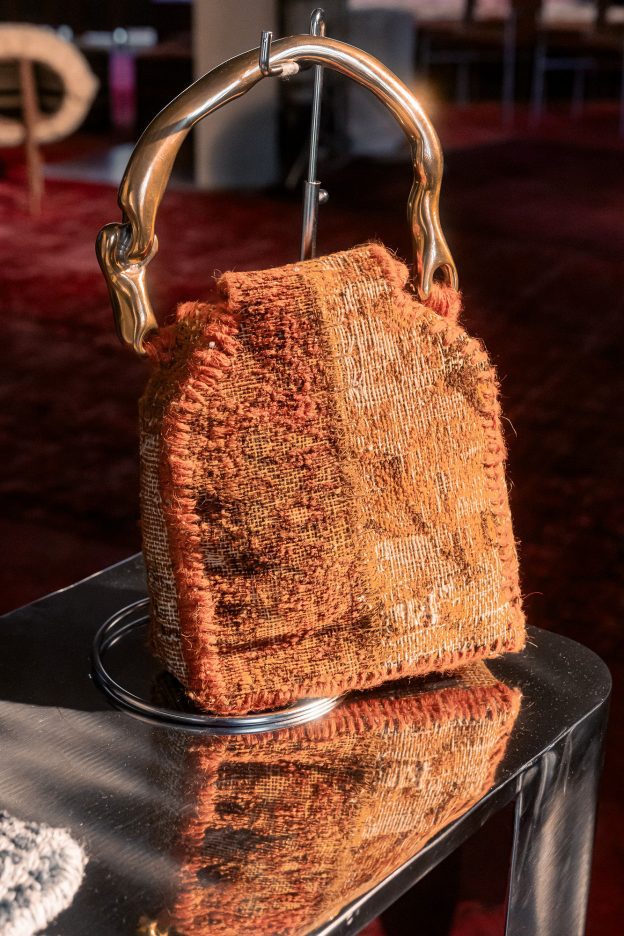

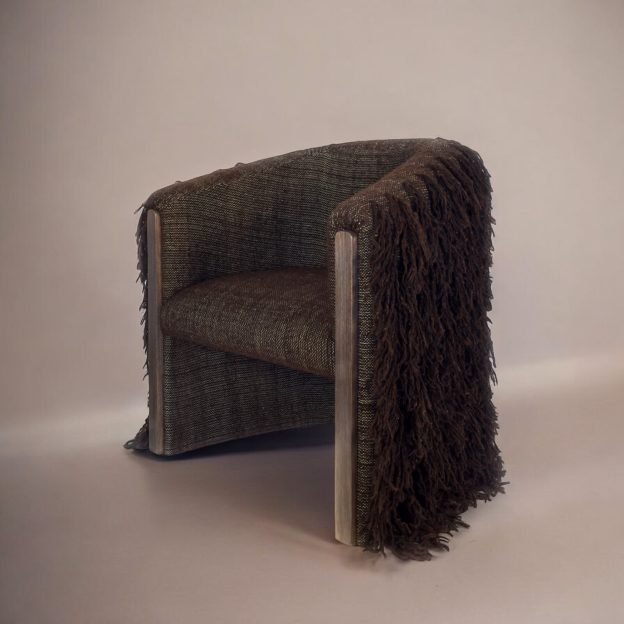

Marble’s Inherent Drama
Marble’s drama begins with its very creation—ancient seas and immense pressure converging over millennia to transform limestone into something extraordinary. The swirling blacks of Negro Marquina, the mysterious greens of Connemara marble, and the imperial purple Porphyry once reserved for Imperial Roman tombs are all carved from this primordial stone.
Michelangelo understood this theatric quality when he contemplated his marble blocks, waiting for the stone to reveal the figure within, famously saying, “I saw the angel in the marble and carved until I set him free” eluding to how he felt the stone to be alive. The extraction of marble itself remains highly dramatic—massive blocks cleaved from mountain faces, with immense danger in pursuit of beauty. Nothing could be more romantic. From the travertine walls of the Colosseum to the gleaming columns of the Pantheon, marble has borne witness to centuries of unimaginable drama.
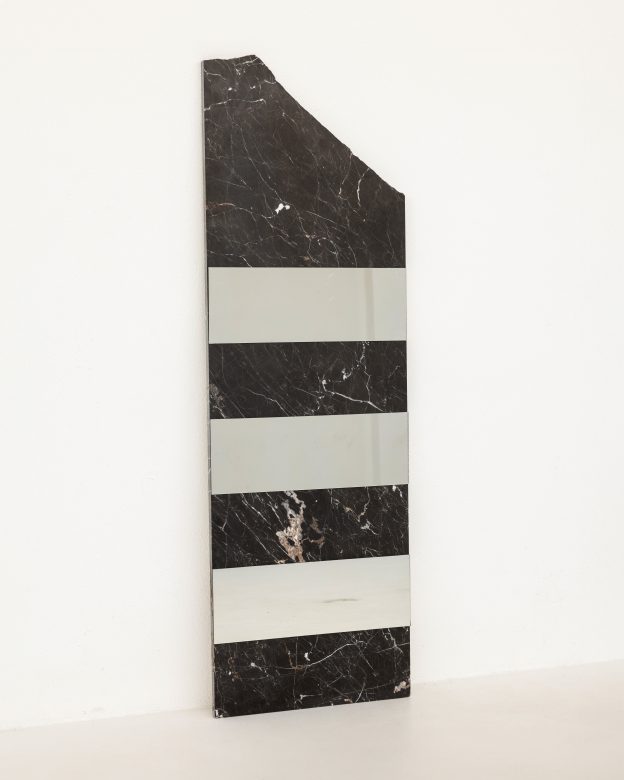

by oskar de roover objects
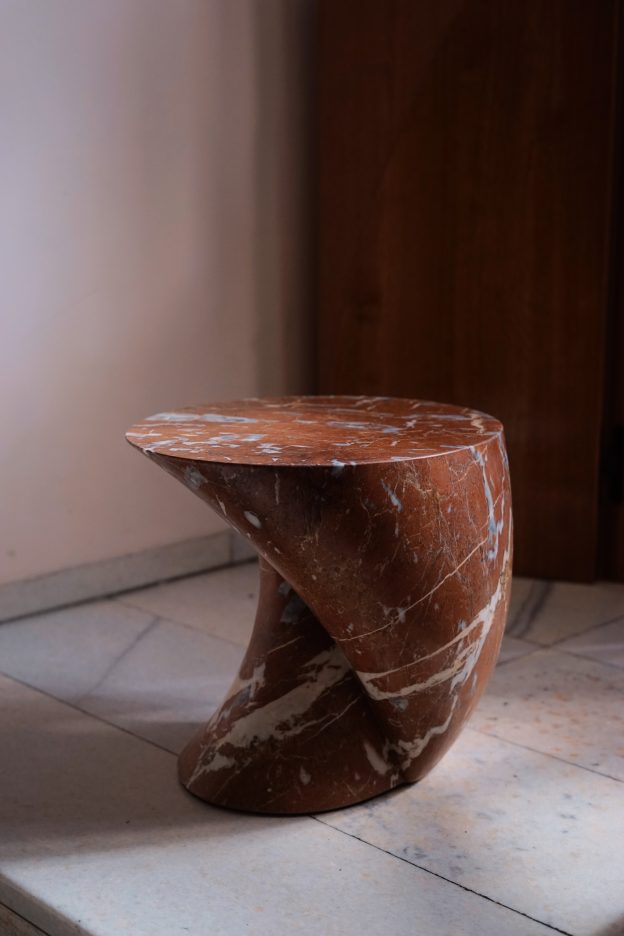

by Studio TOOJ


by Vincent Mazenauer
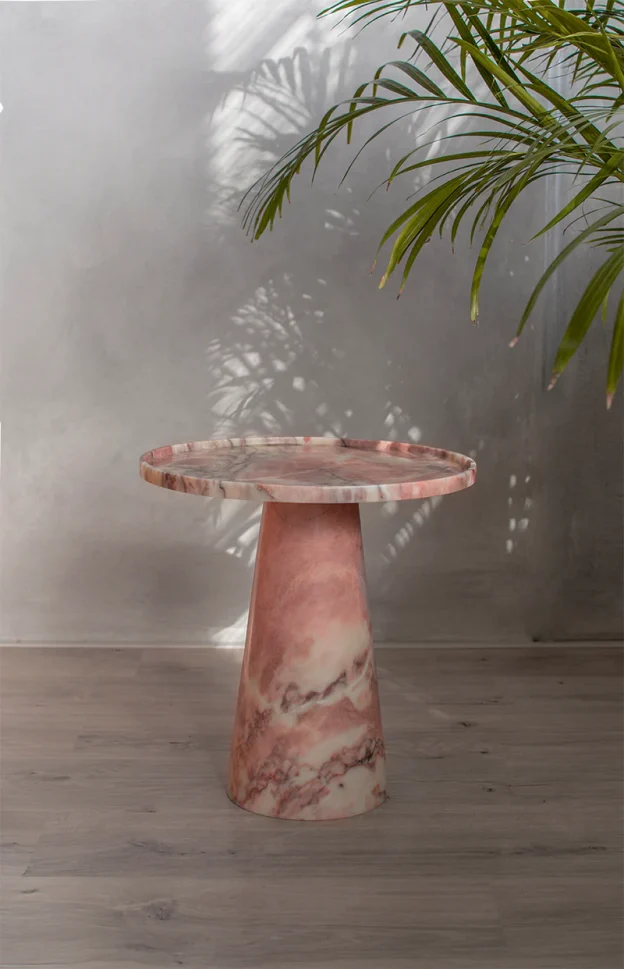

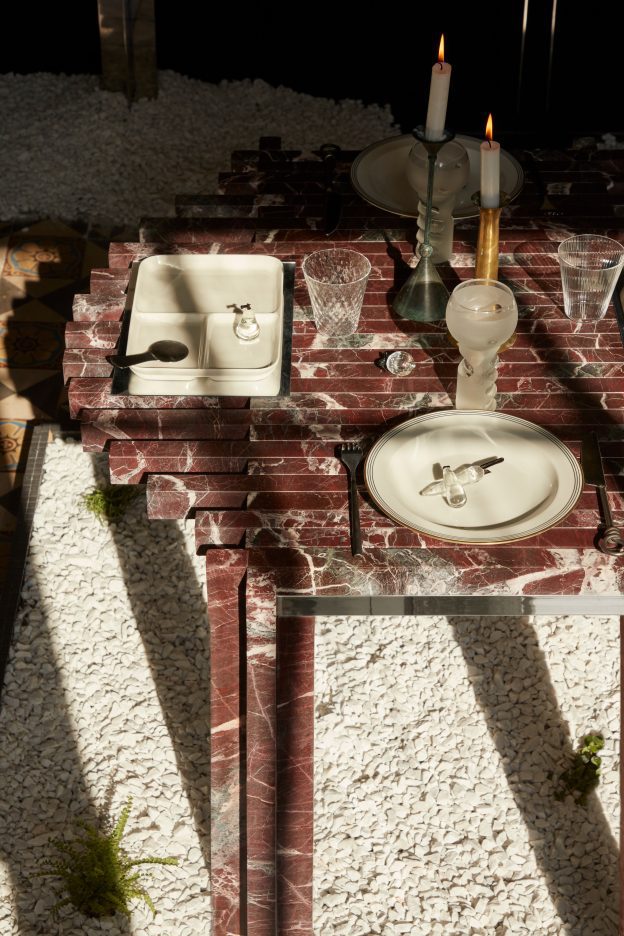

by BERENICE CURT ARCHITECTURE
Metals that Age
Warm metals—brass, copper, and bronze—bring their own quiet drama to a space, contrasting the cool, mechanical perfection of chrome or stainless steel. These metals age uniquely, developing a patina that tells a story of time passed, hands touched, and the gradual wear of life lived. Unlike cold, unyielding surfaces, these metals soften under light, capturing the flicker of candle flames, and revealing the nuanced passage of time through their deepening tones. Like marble, they carry a sense of history, a lived experience written across their surfaces.
In contemporary spaces, warm metals pair beautifully with other textures—richly veined marbles, deep velvet tones, and weathered wood—creating layered, dynamic environments that capture both the passage of time and the vitality of the present moment. Their enduring beauty offers a reminder that life’s drama is not only in the grand gestures but also in the quiet evolution of surfaces and materials.
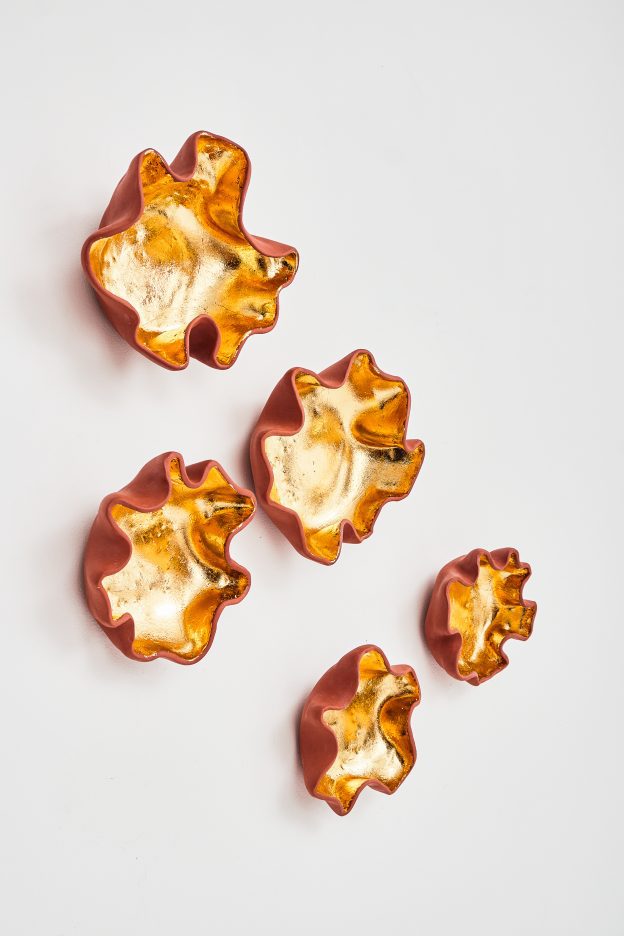

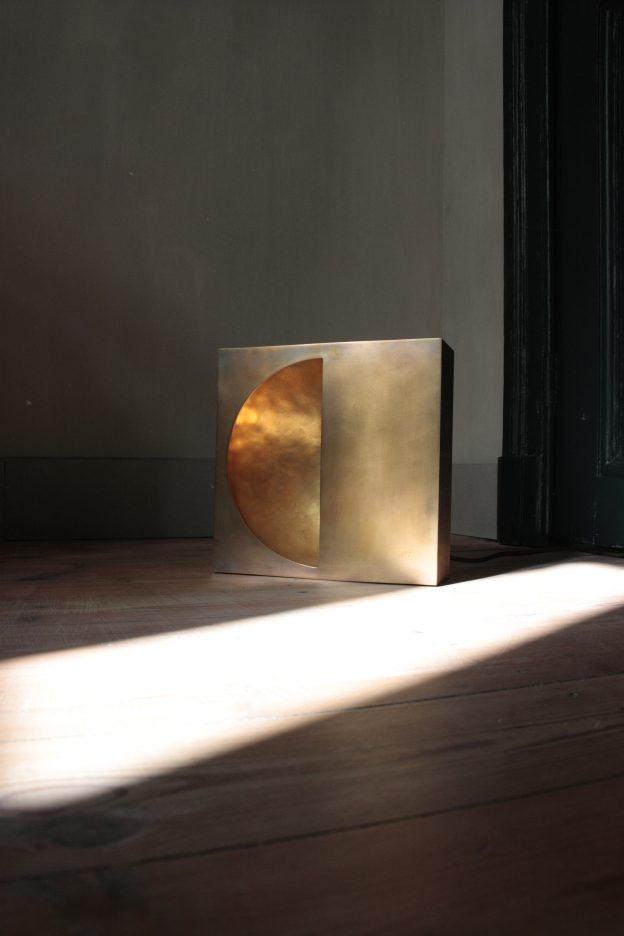

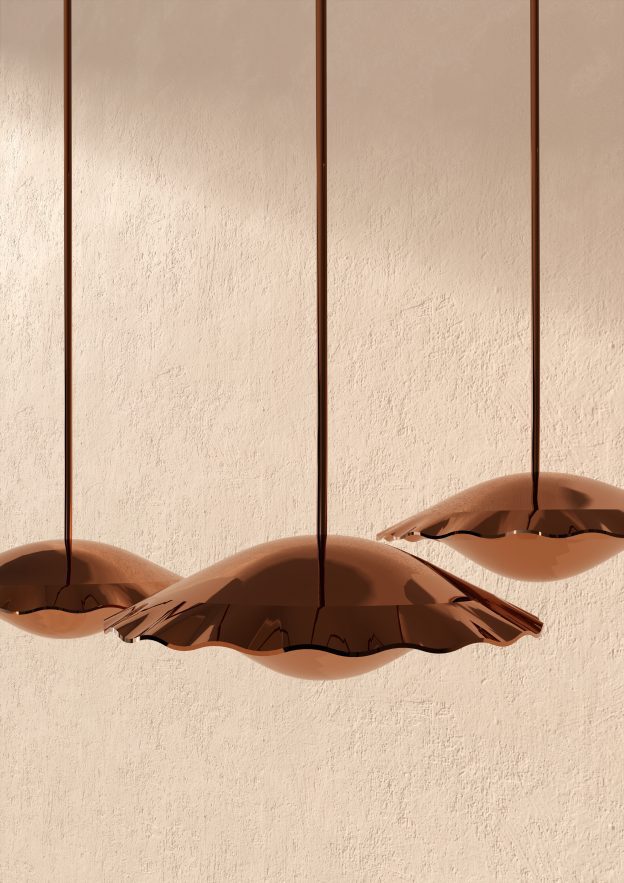

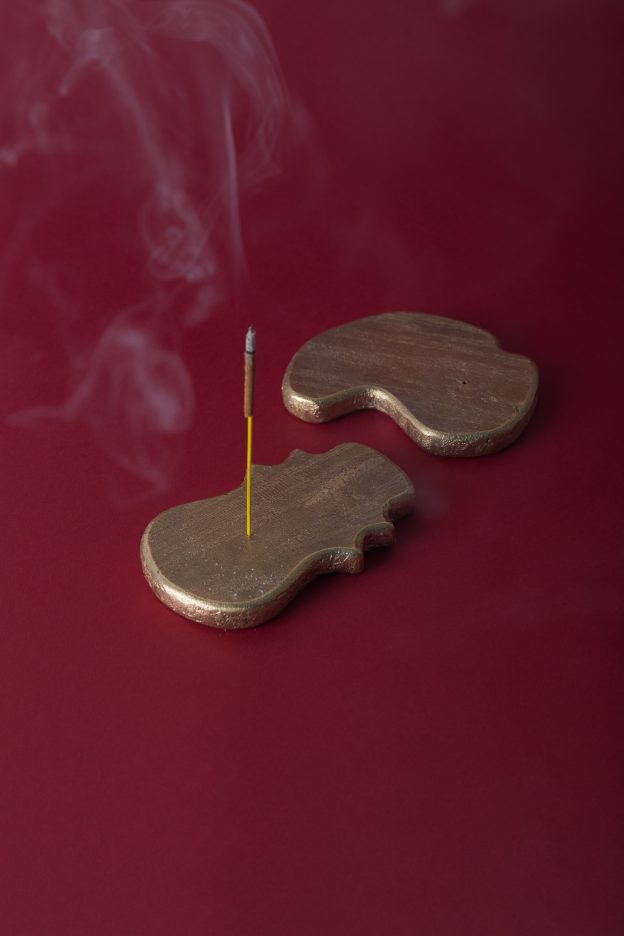

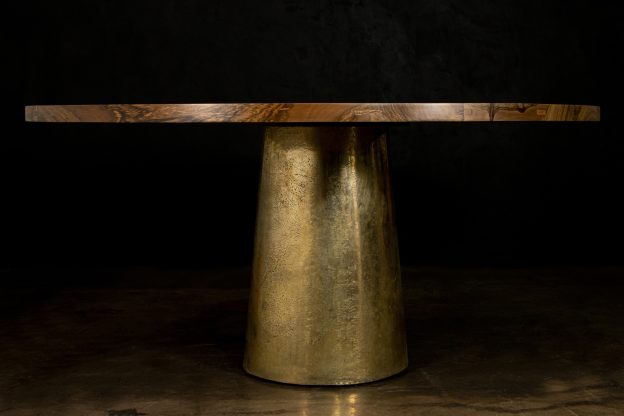

Dramatic Lighting for Ordinary Stages
Light shapes emotion as powerfully as any physical material, and as we have explored before, is a medium in its own right, just like clay or paint. Beyond illumination lies a world of nuance—pools of warmth amid velvety darkness, the flicker of flames casting dancing shadows, the silver trace of moonlight through leaded glass. Picture torch-lit corridors, clandestine meetings in lamp-lit gardens, the amber glow of gas-lit Victorian streets.
Before electricity standardized lighting as we know it, gas lamps and candles created an inherently dramatic atmosphere. Their flames moved with air currents, their intensity shifted with weather and season, their glow transformed familiar spaces into landscapes of mystery. Contemporary design draws on this heritage through layered lighting schemes that sculpt space through strategic shadow, understanding that darkness is as crucial to romance as light.
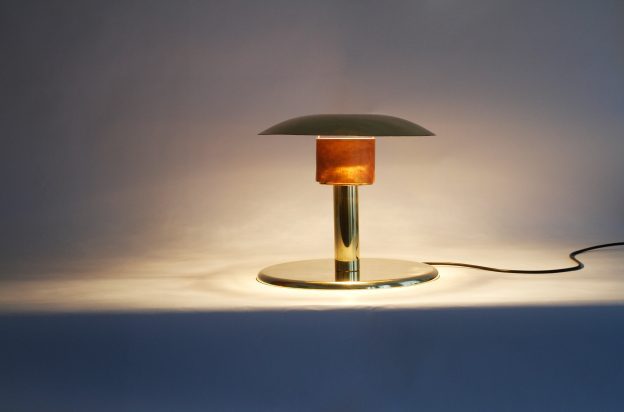

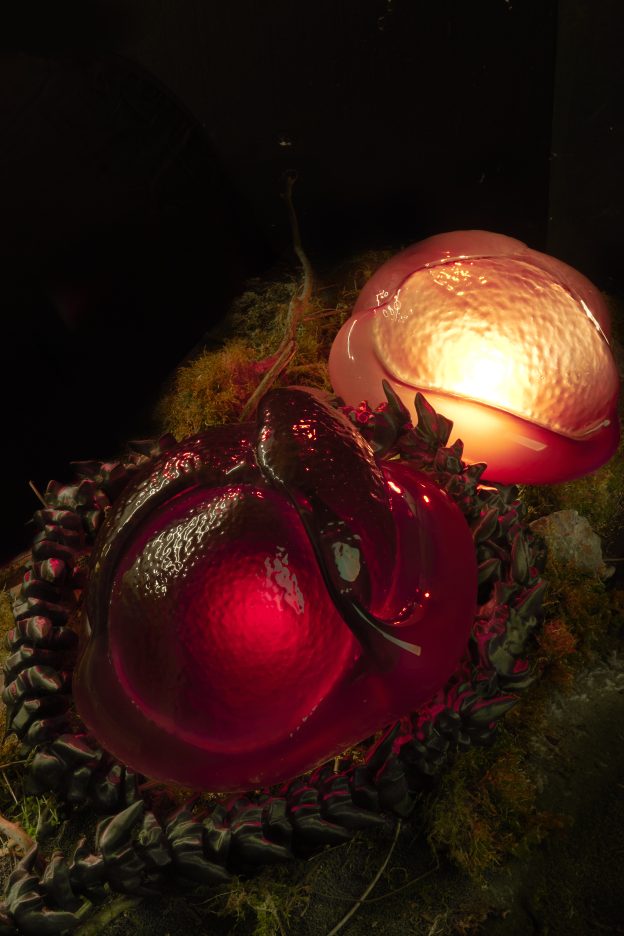

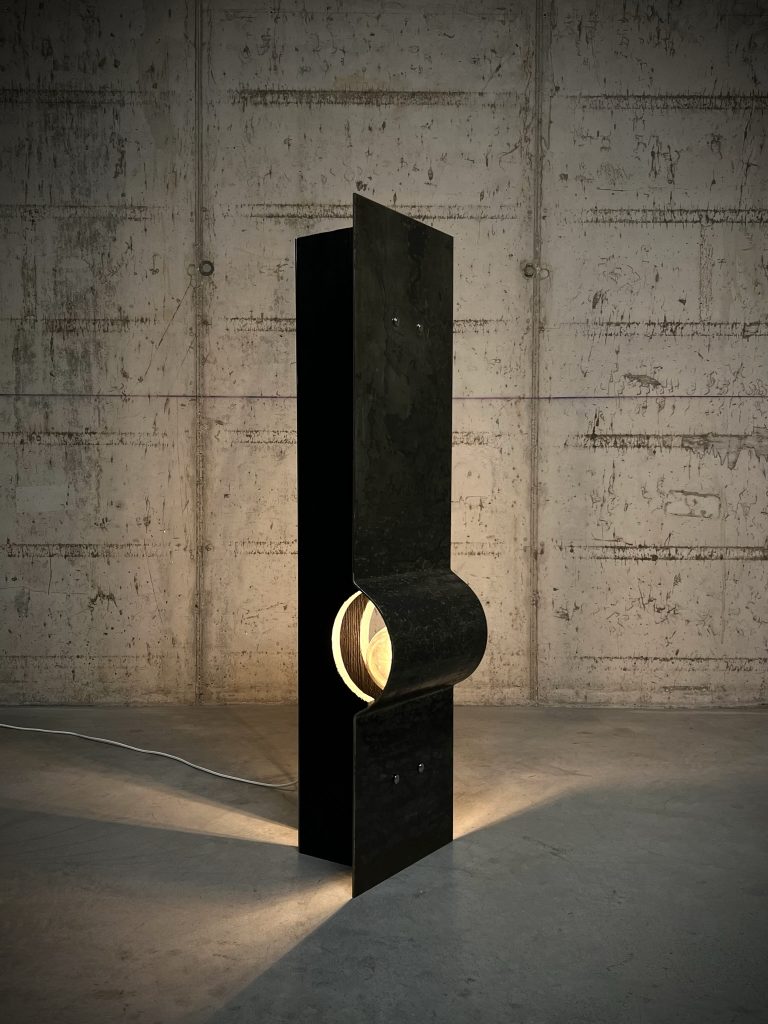

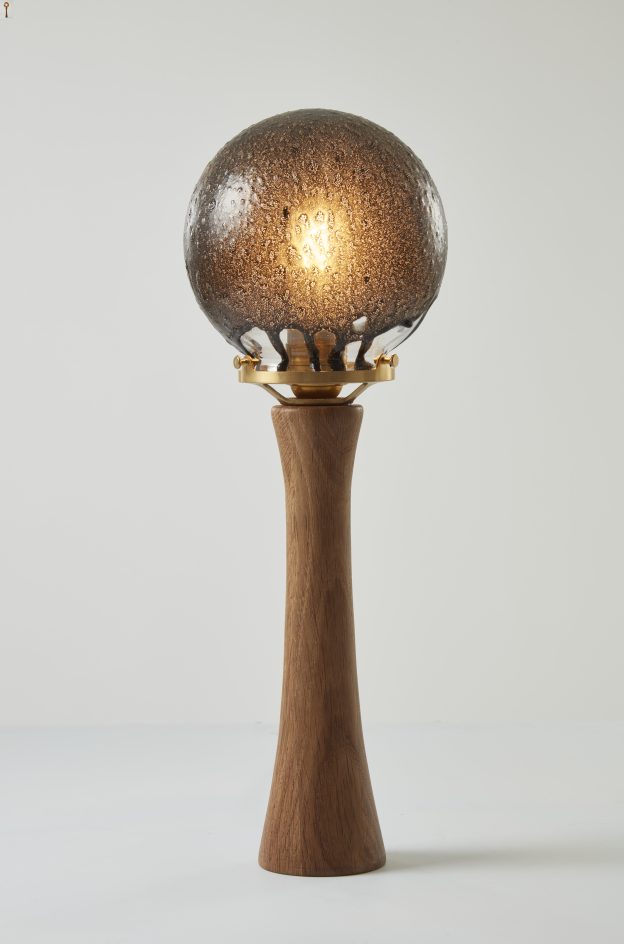

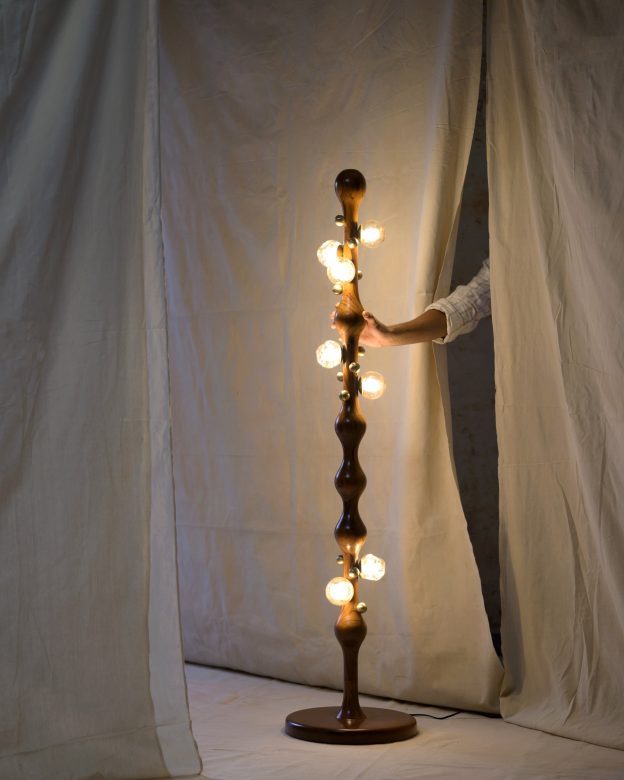

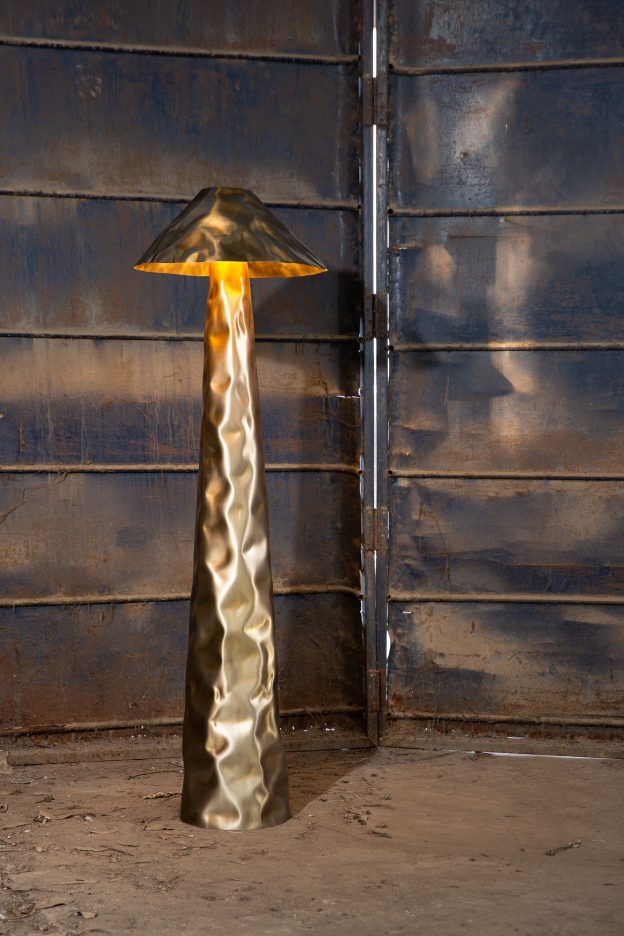

New Romanticism & The Return of Ritual Furniture
Perhaps most intriguing in this revival of Romanticism is the resurgence of design created for ritual and connection—a renaissance of furniture that encourages routine and ceremony. This shift is embodied in several key pieces, each designed to enrich distinct aspects of human experience:
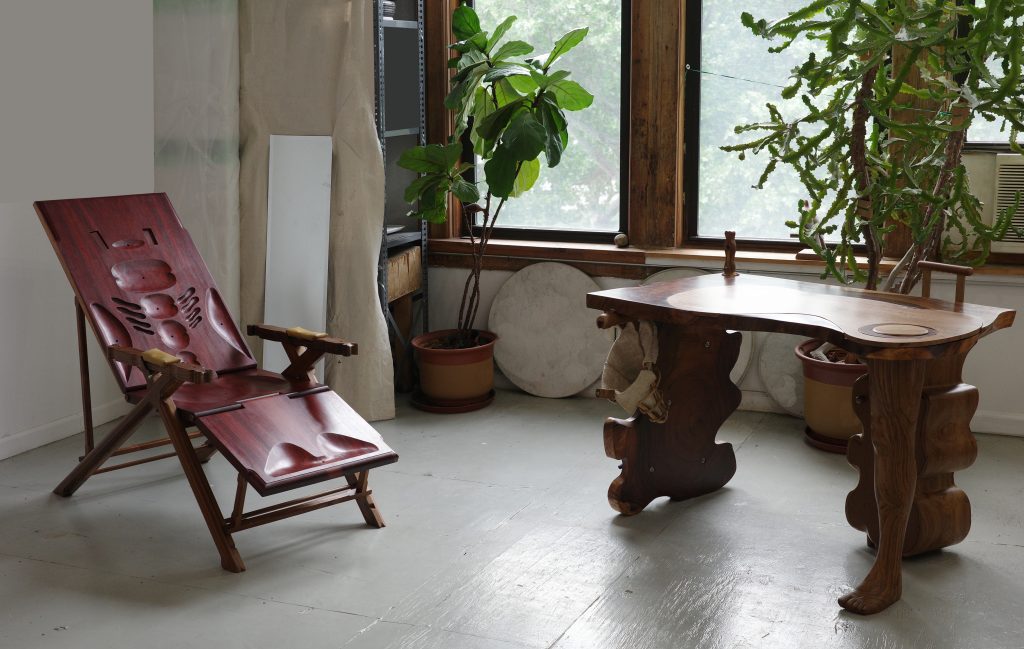

Other pieces speaking to this return of ritual include:
- Vanities: A dedicated space for preparation and self-reflection, replacing rushed moments at bathroom mirrors.
- Conversation Pits: A sunken seating area that creates natural gathering spaces and encourages face-to-face, intimate interaction.
- Chaise Longue or Feinting Couches: A long chair designed for both rest and social situations. Its form allows for various poses, from seated conversation to full recline.
- Writing Desks: A focused workspace that separates correspondence and reflection from other work activities, often placed near natural light, in a solitary space.
- Room Dividers: Architectural elements that define flexible boundaries within expansive spaces, adding a touch of mystery to what might lie beyond.
- Entry Hall Consoles: Transitional pieces that mark the boundary between public and private spaces.
These pieces do well to set stages for the theater of daily life, each one supporting specific rituals of living romantically.
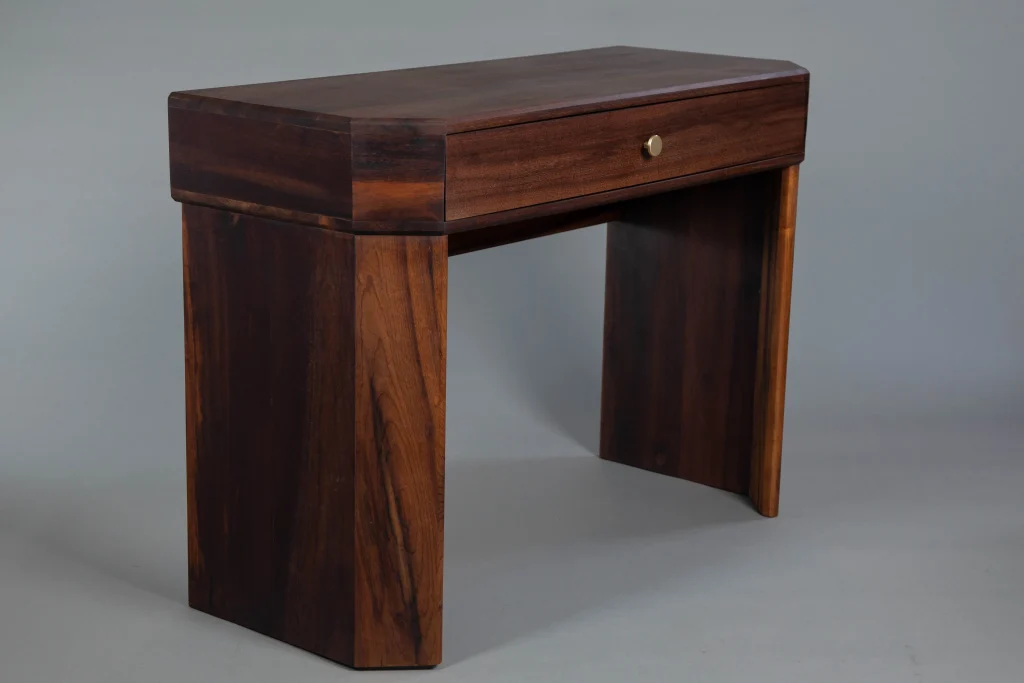

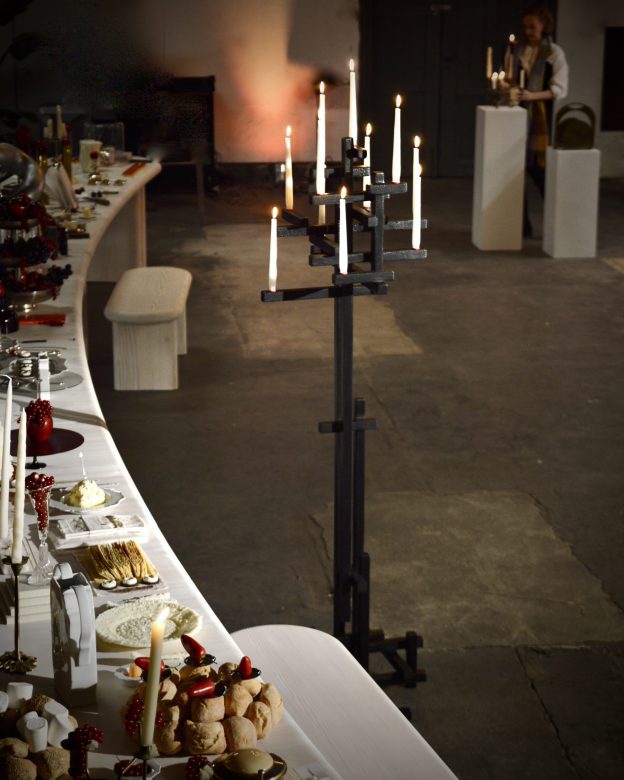

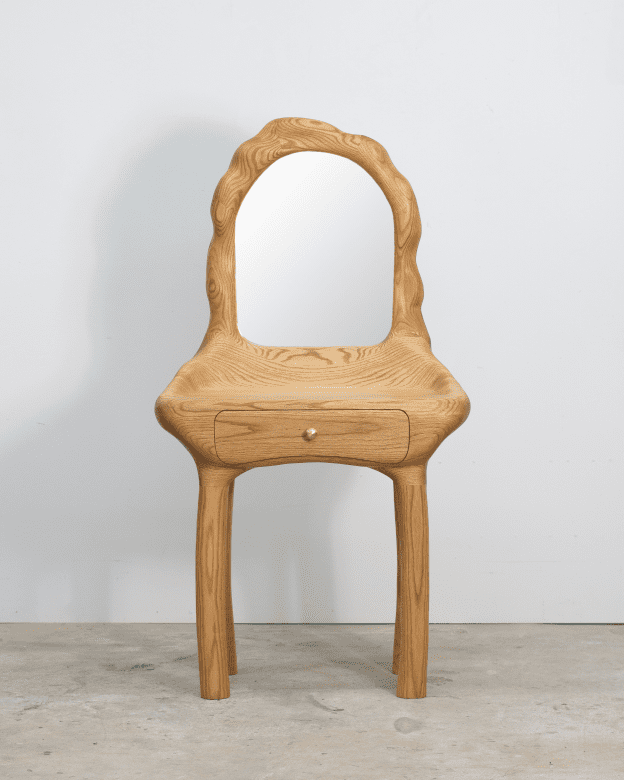

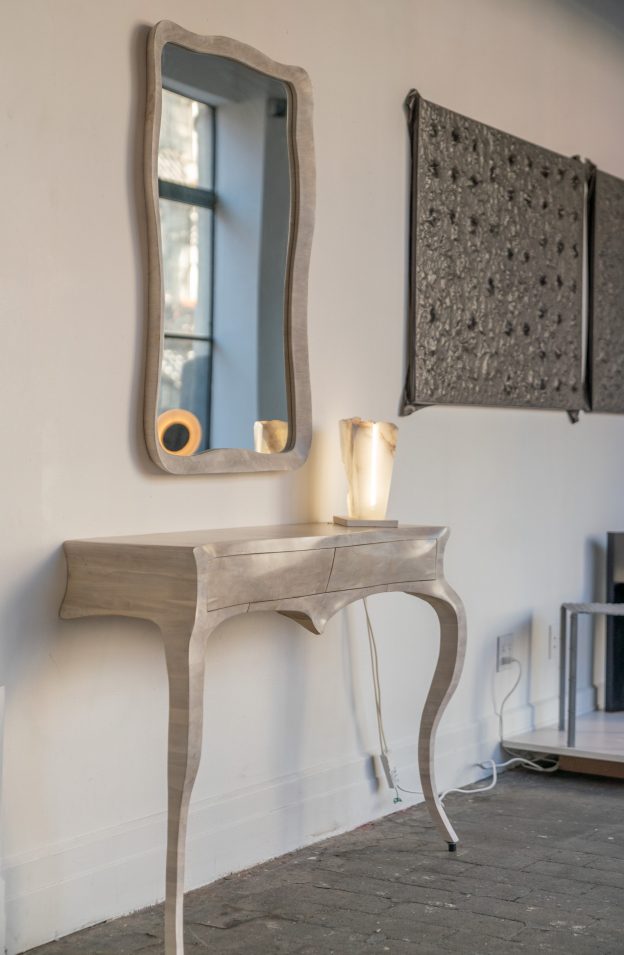

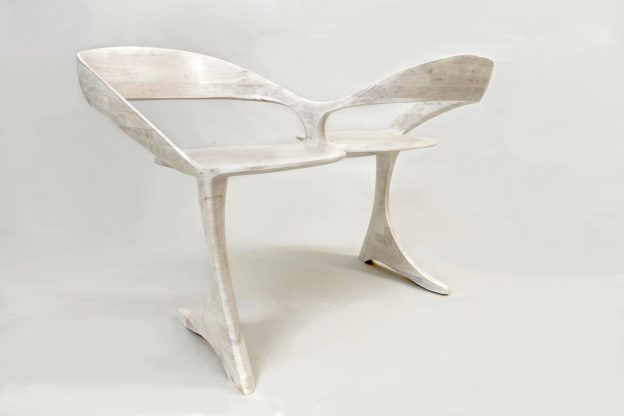

A Rebellious Return to Feeling
This return to romantic sensibility speaks to something fundamental in human nature. In an era defined by digital interfaces and algorithmic efficiency, the creation of deeply sensual, emotionally resonant spaces becomes a powerful affirmation of our need for tangible, experiential beauty. When we choose materials that age and transform, when we balance shadow with light, and when we create spaces that invite physical presence and emotional engagement, we affirm the irreplaceable value of embodied human experience. The romantic spirit has always understood that meaningful change begins not in systems or structures, but in the heart’s capacity for feeling. By embedding this understanding in our physical spaces, we nurture environments that foster both individual expression and collective experience.
As we confront our own uncertain future, this romantic approach to design offers not escape but engagement—a way of creating spaces that help us face reality with both courage and grace. The Romantics understood that in times of darkness, it’s not only about the flick of a switch for more light; beyond that, we need spaces that kindle our capacity for hope, for expression, for connection, for wonder. Their wisdom suggests that the path forward lies not in retreating from life’s complexities, but in creating environments that help us embrace them more fully, more passionately, more completely.
And with that, here’s wishing you a truly romantic Valentine’s Day, full of feeling, connection, and possibility. ❤️
-

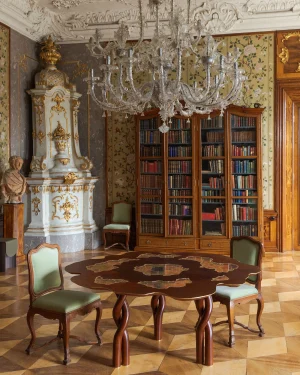 Crepuscular Dining Table – Cherry Wood / Brass€58.000
Crepuscular Dining Table – Cherry Wood / Brass€58.000 -

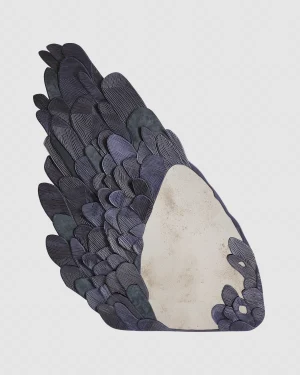 Neo-narcissist Mirror€46.000
Neo-narcissist Mirror€46.000 -

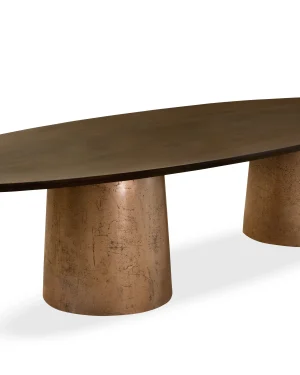 Benone – Cast Bronze & Lacquered Twin-pedestal Oval Dining Table With Quartz Top€43.051 incl. tax
Benone – Cast Bronze & Lacquered Twin-pedestal Oval Dining Table With Quartz Top€43.051 incl. tax -

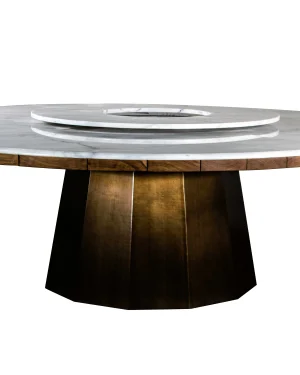 Aragon – Outdoor Dining Table With Metal Base, Teak & White Ibiza Marble Top€42.774 incl. tax
Aragon – Outdoor Dining Table With Metal Base, Teak & White Ibiza Marble Top€42.774 incl. tax -

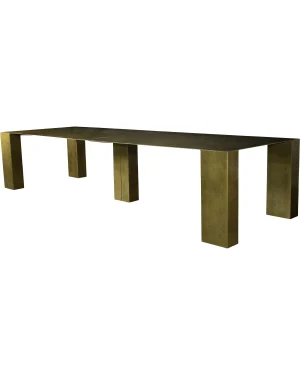 Alonzo – Statement Dining Table€26.700 incl. tax
Alonzo – Statement Dining Table€26.700 incl. tax -

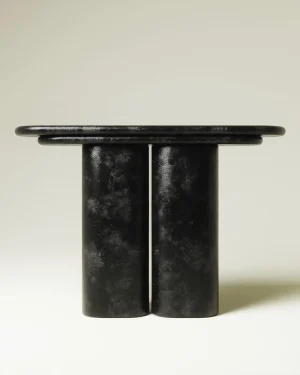 Element – Bronze Console€23.150 incl. tax
Element – Bronze Console€23.150 incl. tax -

 Element – Bronze Coffee Table V€22.500 incl. tax
Element – Bronze Coffee Table V€22.500 incl. tax -

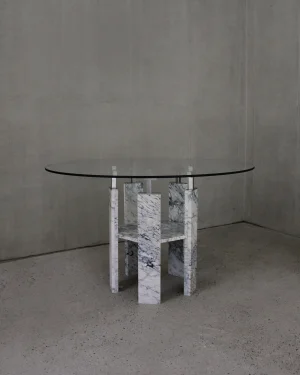 Sanctus Table€20.800
Sanctus Table€20.800 -

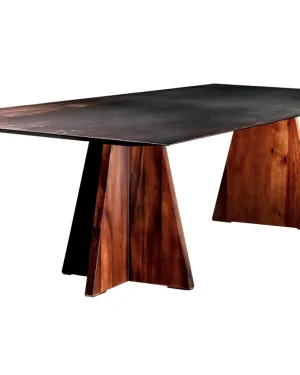 Fierro – Waxed Iron And Exotic Wood Dining Table€20.130 incl. tax
Fierro – Waxed Iron And Exotic Wood Dining Table€20.130 incl. tax -

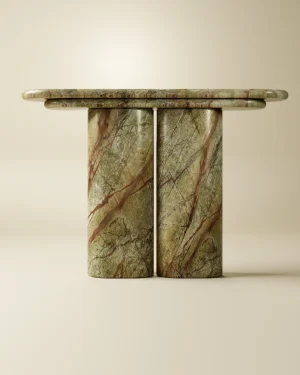 Element – Marble Console Table€18.500 incl. tax
Element – Marble Console Table€18.500 incl. tax -

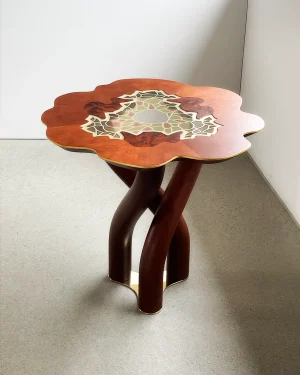 Crepuscular Side Table – Cherry Wood / Brass€18.000
Crepuscular Side Table – Cherry Wood / Brass€18.000 -

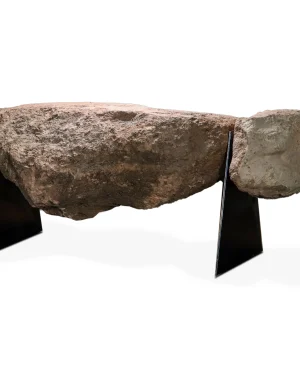 Fortezza – Sculptural Stone And Iron Functional Art Bench By William Stuart€16.570 incl. tax
Fortezza – Sculptural Stone And Iron Functional Art Bench By William Stuart€16.570 incl. tax -

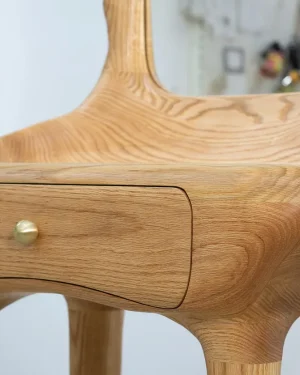 Vanity With Mirror – Red Oak Wood€16.000
Vanity With Mirror – Red Oak Wood€16.000 -

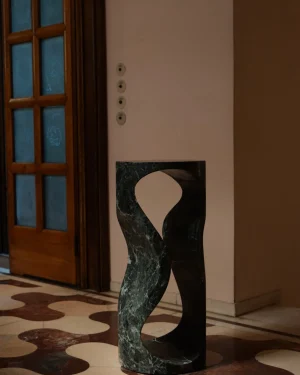 Hourglass Pedestal Alpi Verde Marble€15.700 incl. tax
Hourglass Pedestal Alpi Verde Marble€15.700 incl. tax -

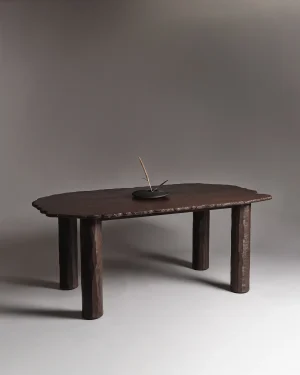 Mare Dining Table€15.300
Mare Dining Table€15.300 -

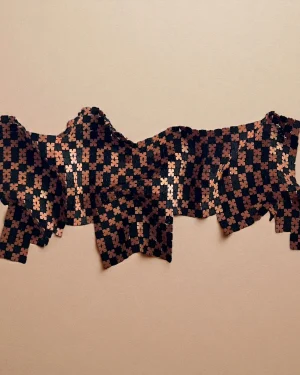 Tela De Barro Mezcla€14.400 incl. tax
Tela De Barro Mezcla€14.400 incl. tax
